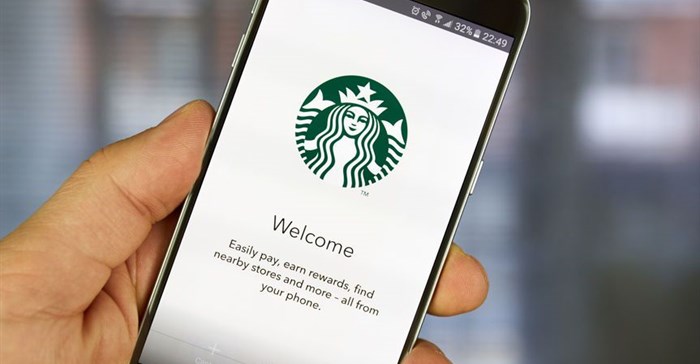






A recent Wharton study involved 4,000 millennials from around the world ranked how they trusted banks against a list of non-bank payment providers, including social networks, peer-to-peer transactions, retailers, and brands. Half of the responders ranked traditional financial industries at the bottom. Less than 4% of the responders believe that banks enable their lifestyles.
Furthermore, research from Accenture shows that 72% of millennials would be open to banking with a non-financial services company if it offered banking services. Big brands from all industries are taking notice.
For years, retailers have offered an increasing array of banking services to their existing customers. In the USA, Walmart launched a money transfer service that enables customers to send funds to recipients to or from any of its branch. Both Marks & Spencer and Tesco in the UK offer their shoppers personal current accounts. In South Africa, where retailers have long offered shoppers credit facilities, and even till-point cash withdrawal services, we are now seeing stores branching into the payments space. Pep Stores, for example, now offers cross-border payment facilities to assist the many foreigners working in South African to send money back home in Zimbabwe though the retailer’s innovative MammaMoney payments facility.
But it goes further than payments: research from JWT shows 62% of millennials would be happy to pay via a trusted brand’s app.
The Starbucks payments app, for example, has 12-million monthly users, and is responsible for handling more than 50% of Starbucks’ revenue. It has been such a success that Starbucks CEO, Howard Shultz, announced that he is redefining his role to focus on Starbuck’s potential as a mobile payments company.
Amazon has even gone so far as to create its own brand currency, Amazon Coin. Each Amazon coin is worth one penny. The currency is currently available in eight countries and customers have already invested in hundreds of millions of the coins.
The answer is ambiguous. Often, a retail brands’ primary objective in providing financial services is to boost their own primary retail sales, by enticing shoppers to spend more in-store, rather than to create a new revenue stream from competing directly with formal banking sector players. Retailers are not going to take over all the services offered by the banking industry any time soon. Nonetheless, any banking services offered by brands and retailers do cut into bankers’ bottom lines - especially if customers prefer using their favourite brand's banking service to their current bank’s banking service.
At the end of the day, any brand that has built a big enough, loyal enough brand tribe, or community, is a credible threat to the established banking industry.